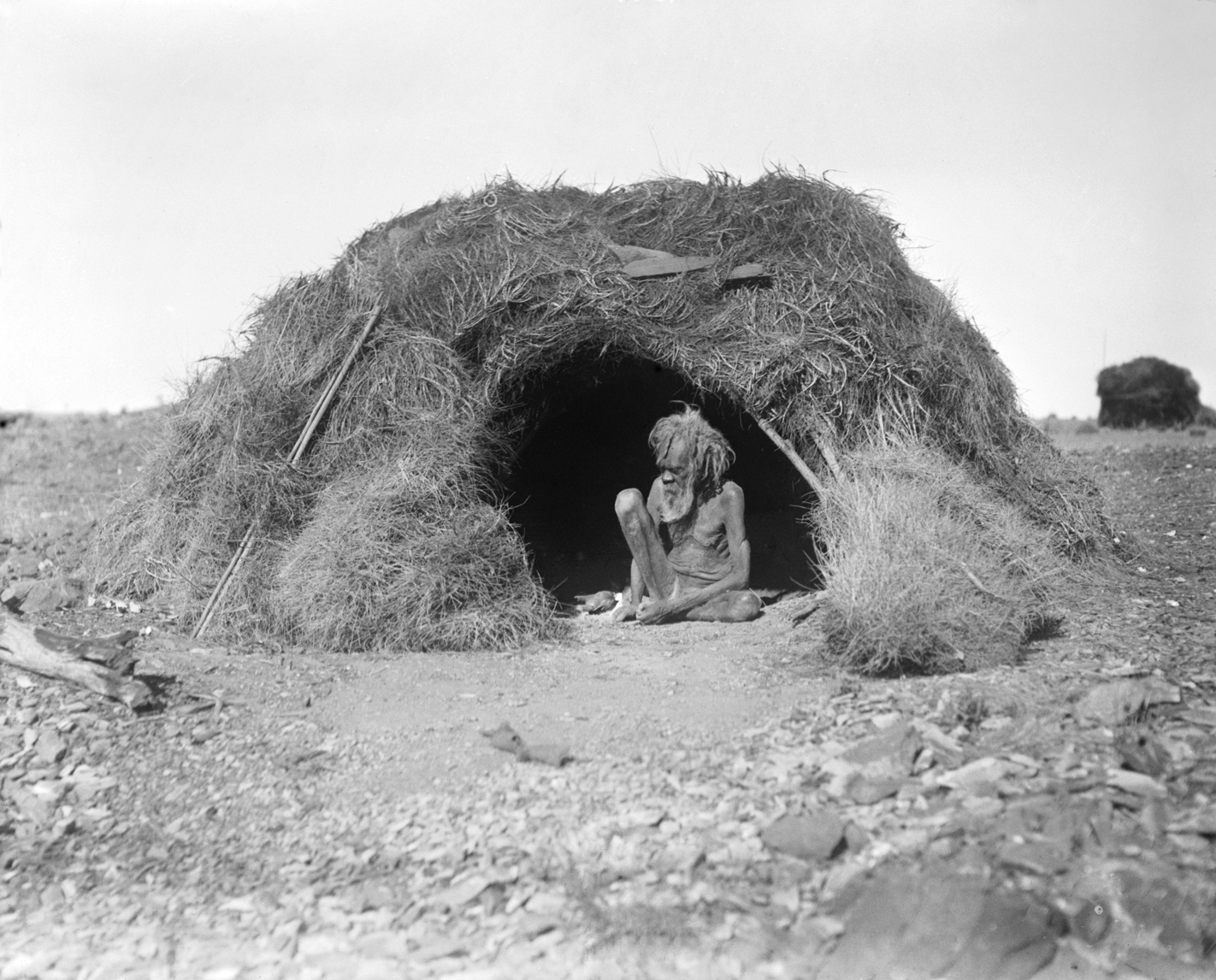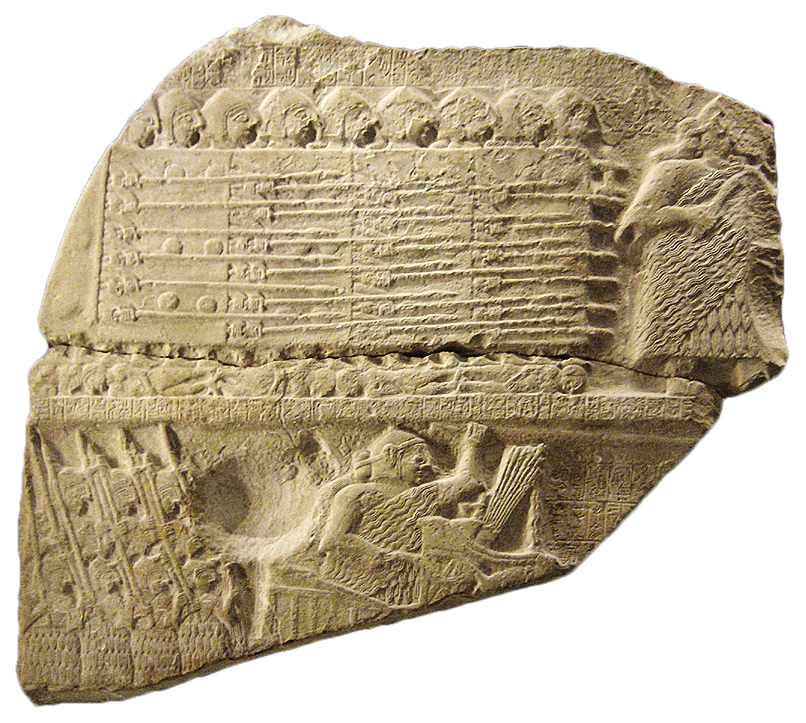|
Spinifex Resin
Spinifex resin is a gum coating of some species of spinifex grasses. This sticky resin was traditionally used as an adhesive in tool making by Aboriginal Australians. Many species of spinifex are extremely resinous, to the extent that resin may drip down the stems and leaves on hot days, and large residual lumps of resin often may be seen at the bases of hummocks which have burned. Making the gum The spinifex is threshed until the resin particles fall free. These particles are heated until they fuse together to form a moldable black tar which is worked while warm. When set, this gum is quite strong. The preparation of spinifex for hafting use is similar to that of ''Xanthorrhoea''. It is thought to have been preferable to ''Xanthorrhoea'' for hafting, due to its ability to be re-heated and remodelled several times without going brittle. The resin can be re-softened using fire and some moisture. Most historical accounts of resin processing described Aboriginal men doing the wo ... [...More Info...] [...Related Items...] OR: [Wikipedia] [Google] [Baidu] |
Spinifex Grass , obtained from species of ''Triodia'', not ''Spinifex''
{{Disambig, plant ...
Spinifex grass is a name which has been applied to two genera of grasses: * ''Spinifex'' (coastal grass), a genus of grass which is indigenous to the coastal areas of Australasia and Indonesia * ''Triodia'' (plant), a hummock grass of arid Australia, covering twenty percent of the Australian continent (although not in the genus ''Spinifex'', it is the grass most commonly referred to as "spinifex") ** Spinifex resin Spinifex resin is a gum coating of some species of spinifex grasses. This sticky resin was traditionally used as an adhesive in tool making by Aboriginal Australians. Many species of spinifex are extremely resinous, to the extent that resin may ... [...More Info...] [...Related Items...] OR: [Wikipedia] [Google] [Baidu] |
Triodia (plant)
''Triodia'' is a large genus of hummock grass endemic to Australia. The species of this genus are known by the common name spinifex, although they are not a part of the coastal genus '' Spinifex''. Many soft-leaved ''Triodia'' species were formerly included in the genus ''Plectrachne''. ''Triodia'' is known as ''tjanpi'' (grass) in central Australia, and have several traditional uses amongst the Aboriginal Australian peoples of the region. A multiaccess key (SpiKey) is available as a free application for identifying the ''Triodia'' of the Pilbara (28 species and one hybrid). Description ''Triodia'' species are perennial Australian hummock grasses that grow in arid regions. Their leaves (30–40 centimetres long) are subulate ( awl-shaped, with a tapering point). The leaf tips, which are high in silica, can break off in the skin, leading to infections. Uses Spinifex has had many traditional uses for Aboriginal Australians. Several species were (and are) used extensively ... [...More Info...] [...Related Items...] OR: [Wikipedia] [Google] [Baidu] |
Aboriginal Australians
Aboriginal Australians are the various indigenous peoples of the Mainland Australia, Australian mainland and many of its islands, excluding the ethnically distinct people of the Torres Strait Islands. Humans first migrated to Australia (continent), Australia 50,000 to 65,000 years ago, and over time formed as many as 500 List of Aboriginal Australian group names, language-based groups. In the past, Aboriginal people lived over large sections of the continental shelf. They were isolated on many of the smaller offshore islands and Tasmania when the land was inundated at the start of the Holocene Interglacial, inter-glacial period, about 11,700 years ago. Despite this, Aboriginal people maintained extensive networks within the continent and certain groups maintained relationships with Torres Strait Islanders and the Makassar people, Makassar people of modern-day Indonesia. Over the millennia, Aboriginal people developed complex trade networks, inter-cultural relationships, law ... [...More Info...] [...Related Items...] OR: [Wikipedia] [Google] [Baidu] |
Threshing
Threshing or thrashing is the process of loosening the edible part of grain (or other crop) from the straw to which it is attached. It is the step in grain preparation after reaping. Threshing does not remove the bran from the grain. History of threshing Through much of the important history of agriculture, threshing was time-consuming and usually laborious, with a bushel of wheat taking about an hour. In the late 18th century, before threshing was mechanized, about one-quarter of agricultural labor was devoted to it. It is likely that in the earliest days of agriculture the little grain that was raised was shelled by hand, but as the quantity increased the grain was probably beaten out with a stick, or the sheaf beaten upon the ground. An improvement on this, as the quantity further increased, was the practice of the ancient Egyptians of spreading out the loosened sheaves on a circular enclosure of hard ground, and driving oxen, sheep or other animals round and round over i ... [...More Info...] [...Related Items...] OR: [Wikipedia] [Google] [Baidu] |
Hafting
Hafting is a process by which an Artifact (archaeology), artifact, often made of bone tool, bone, stone tool, stone, or tool steel, metal is attached to a ''haft'' (handle or strap). This makes the artifact more useful by allowing it to be launched by a Bow and arrow, bow (arrow), thrown by hand (spear), or used with more effective leverage (axe). When constructed properly, hafting can tremendously improve a weapon's damage and range. It is estimated that hafted weapons were most common during the Upper Paleolithic and Middle Paleolithic. It was one of the first tools where Hominini, hominins took separate elements and united them into a single tool. The development of hafting is considered by archaeologists to have been a significant milestone. It was not only an improvement in the technology at the time; it also showed the progression of the human mind toward a world of complex tool-making. Hafting weapons is perhaps best known for its use by humans in prehistory, but it is stil ... [...More Info...] [...Related Items...] OR: [Wikipedia] [Google] [Baidu] |
Xanthorrhoea
''Xanthorrhoea'' () is a genus of about 30 species of Succulent plant, succulent flowering plants in the family Asphodelaceae. They are Endemism, endemic to Australia. Common names for the plants include grasstree, grass gum-tree (for resin-yielding species), kangaroo tail, balga (Western Australia), yakka (South Australia), yamina (Tasmania), and black boy (or "blackboy"). The most common species is ''Xanthorrhoea australis'', and some of these names are applied specifically to this species. Description All species in the genus are Perennial plant, perennials and have a secondary growth, secondary thickening meristem in the stem. Many, but not all, species develop an above ground stem. The stem may take up to twenty years to emerge. Plants begin as a crown of rigid grass-like leaves, the caudex slowly growing beneath. The main stem or branches continue to develop beneath the crown. This is rough-surfaced, built from accumulated leaf-bases around the secondarily thickened trunk ... [...More Info...] [...Related Items...] OR: [Wikipedia] [Google] [Baidu] |
Nasim Amiralian
Nasim Amiralian is an Iranian-Australian nanotechnologist and Senior Research Fellow at the University of Queensland where she is the Group Leader of Bio-inspired Materials Research at the Australian Institute for Bioengineering and Nanotechnology. Amiralian is known for her work on nanofibers. She is a winner of the ABC's 2018 Top 5 science communication program and Marie Claire ''Marie Claire'' (stylized in all lowercase; ) is a French international monthly magazine first published in France in 1937. Since then various editions are published in many countries and languages. The feature editions focus on women aro ...'s The Eight Australian Women Who Are Shaking up the World Of Science (2020). References External links Nasim Amiralian at the University of Queensland Living people Year of birth missing (living people) Place of birth missing (living people) Iranian nanotechnologists Australian nanotechnologists University of Queensland alumni Academic staff of ... [...More Info...] [...Related Items...] OR: [Wikipedia] [Google] [Baidu] |
Spear
A spear is a polearm consisting of a shaft, usually of wood, with a pointed head. The head may be simply the sharpened end of the shaft itself, as is the case with Fire hardening, fire hardened spears, or it may be made of a more durable material fastened to the shaft, such as bone, flint, obsidian, copper, bronze, iron, or steel. The most common design for hunting and/or warfare, since modern times has incorporated a metal spearhead shaped like a triangle, lozenge (shape), diamond, or Glossary of leaf morphology, leaf. The heads of fishing spears usually feature multiple sharp Tine (structural), points, with or without barbs. Spears can be divided into two broad categories: those designed for thrusting as a melee weapon (including weapons such as lances and Pike (weapon), pikes) and those designed for throwing as a ranged weapon (usually referred to as javelins). The spear has been used throughout human history as a weapon for hunting and/or fishing and for warfare. Along with ... [...More Info...] [...Related Items...] OR: [Wikipedia] [Google] [Baidu] |
Aboriginal Craft
Aborigine, aborigine or aboriginal may refer to: *Aborigines (mythology), the oldest inhabitants of central Italy in Roman mythology * Indigenous peoples, general term for ethnic groups who are the earliest known inhabitants of an area *One of several groups of indigenous peoples, see List of indigenous peoples, including: **Aboriginal Australians ("Aborigine" is an archaic term that is often considered offensive) **Indigenous peoples in Canada, also known as Aboriginal Canadians **Orang Asli or Malayan aborigines **Taiwanese indigenous peoples, formerly known as Taiwanese aborigines See also * * *'' ab-Original: Journal of Indigenous Studies and First Nations and First Peoples' Cultures'' *Australian Aboriginal identity *Australian Aboriginal English *Aboriginal English in Canada Indigenous English, also known as First Nations English (FNE), refers to varieties of English used by the Indigenous peoples of Canada. These many varieties are a result of the many Indigenous langu ... [...More Info...] [...Related Items...] OR: [Wikipedia] [Google] [Baidu] |
Woomera (spear-thrower)
A woomera is an Australian Indigenous Australians, Aboriginal wooden spear-throwing device. Similar to an atlatl, it serves as an extension of the human arm, enabling a spear to travel at a greater speed and force than possible with only the arm. Name The word "woomera" comes from the Dharug language of the Eora people of the Sydney basin. The name was adopted for the town of Woomera, South Australia, founded in 1947 as the home of the Anglo-Australian Long Range Weapons Establishment, also known as the "Woomera Rocket Range" and now called RAAF Woomera Range Complex. Description The woomera is between in length. It is a left handed tool. Like many Australian Aboriginal tools, there is much diversity in design. Some versions have one end that is wide and possessing a hollow, curved cross-section not unlike an airfoil, while the other is more pointed and has a hook. Other versions used in northern Australia are less than wide, made of flat wood, with a wooden point angled back ... [...More Info...] [...Related Items...] OR: [Wikipedia] [Google] [Baidu] |





